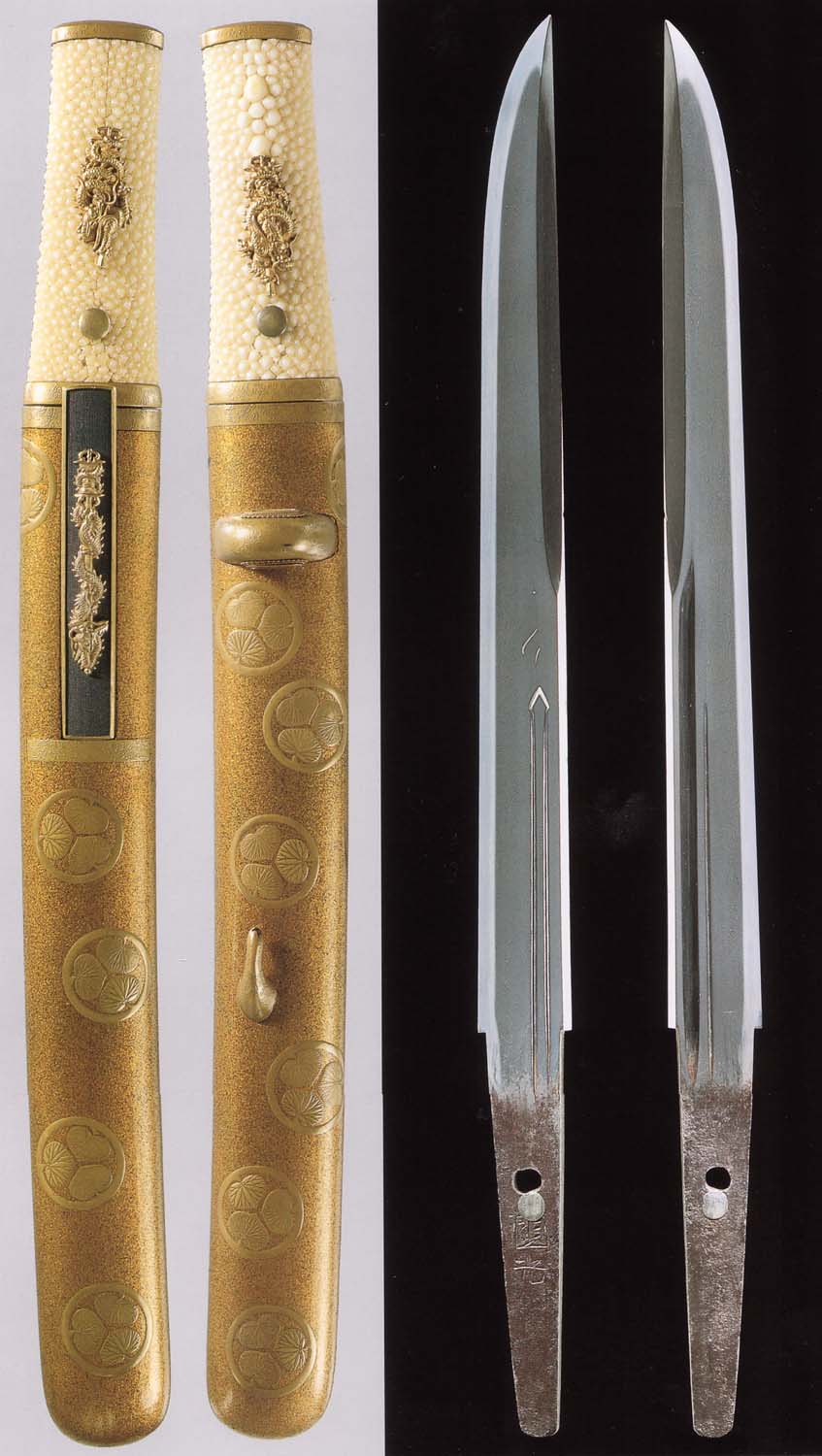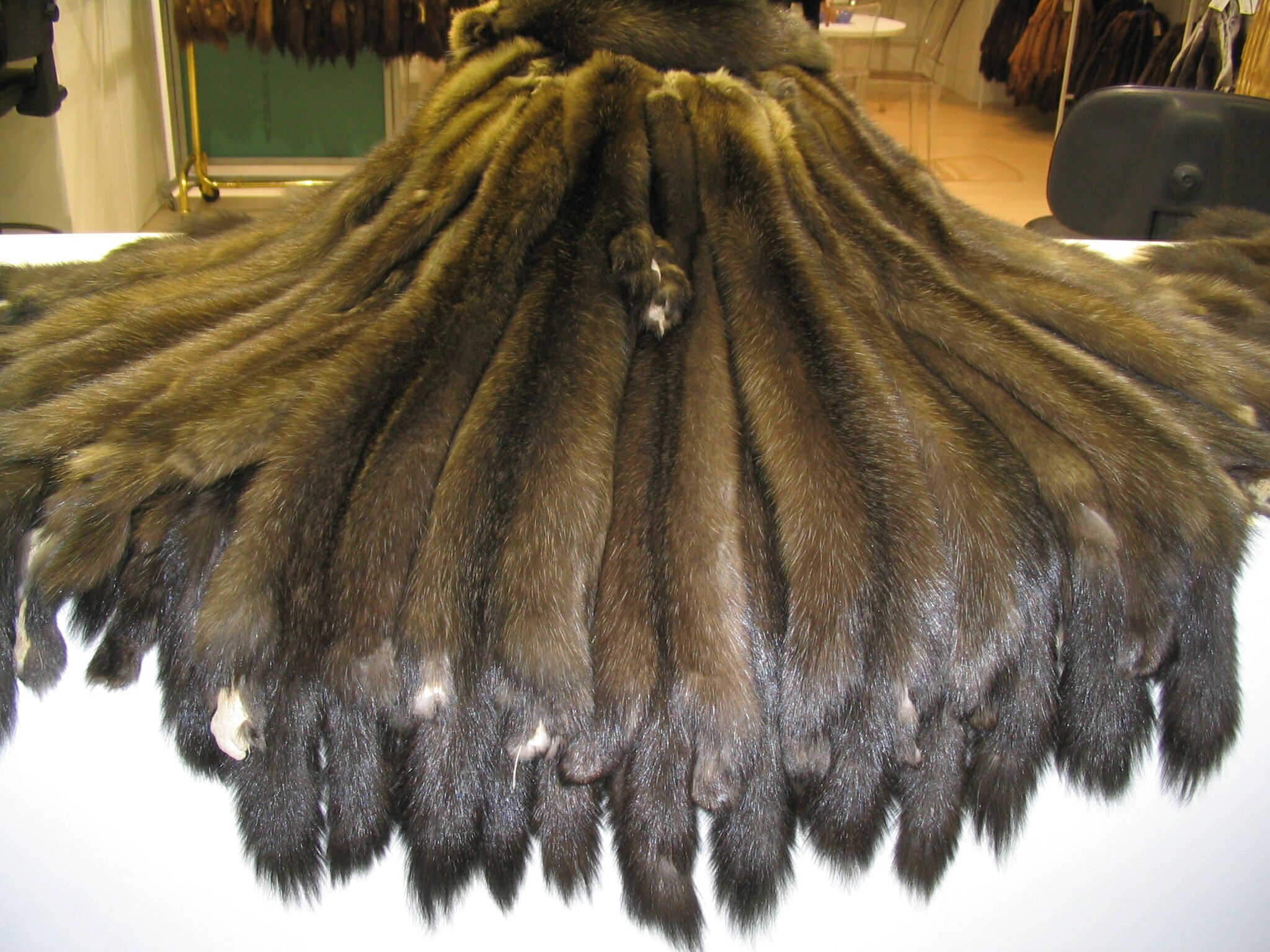The Fur Trade
Data: 3.03.2018 / Rating: 4.7 / Views: 770Gallery of Video:
Gallery of Images:
The Fur Trade
The Museum of the Fur Trade, located 3 miles east of Chadron, NE, offers an interesting look at early North American history. Since 1955, the Museum of the Fur Trade has published North American history books covering the countrys exploration and successful fur trade business. The Fur Trade Museum is included when touring Villa Louis. The building, built in the early 1850's, is designated a National Historical Landmark. The fur trade in Wisconsin reached its height in the last half of the 1700s because the British had less restrictive trade policies than the French and allowed more people to trade. The most significant trading center in the upper Great Lakes was at the Straits of Mackinac. The fur trade is a worldwide industry dealing in the acquisition and sale of animal fur. Since the establishment of a world fur market in the early modern period, furs of boreal, polar and cold temperate mammalian animals have been the most valued. Historically the trade stimulated the exploration and colonization of Siberia, northern North America, and the South Shetland and South Sandwich Islands. Sex and The City actress and shoe designer Sarah Jessica Parker had her New York City shoe store opening crashed by antifur activists. HBC AND THE FUR TRADE HBC Links HBC Heritage: Timeline Our History: Beaver Hat Our History: Radisson and des Groseilliers Our History: Fur Trade Learning Centre: Fur Trade Nation Our History: Trading Ceremony at York Factory Our History: Standard of Trade Our History: Explorers We Are Fur is a website put together by The International Fur Federation: a trade body with 55 members in 38 countries representing the global fur trade. The fur trade is a worldwide industry dealing in the gain and sale of animal fur. Before the colonization of the Americas, Russia was a major fur supplier of Western Europe and parts of Asia. The North American fur trade was a central part of the early history of contact in The New World. French Trade Axe Native American Fur trade New France Iroquos Mohawk Algonquin Indian Tomahawk Duration: 2: 46. StraitToThePoint 8, 571 views Much of Canada's early recorded history was closely connected to the commercial fur trade. The French, the English and the Scots along with all of the First Nations peoples took part in these great commercial ventures that eventually led to the formation of the Canadian nation. The two great companies in Canada were the Hudson's Bay Company and the North West Company. Find great deals on eBay for fur trade. The fur trade, he maintained, attempted to placate and exploit Indians, the missions to convert and civilize, and the military posts to chastise and control. These points of contact, from the standpoint of Indians, take on the appearance of festering sores whose influences spread gradually and insidiously to infect whole tribes with disease. Below are a few French names of fur traders and trappers which appear in the records as having be working in New Mexico. Alanard Louis Ambroise Watch videoWatch the Fur Trade video clip of HISTORY's series Mankind The Story of All of Us Find this and many more videos only on HISTORY. The fur trade was a period of cultural and economic exchange between Native Americans and European Americans. Fort Snelling was partly established to secure US influence in. The Fur Trade The fur trade was one of the earliest and most important industries in North America. The fur trading industry played a major role in the development of the. Other articles where Fur trade is discussed: Alaska: Explorations: Sea otter furs taken back to Russia opened a rich fur commerce between Europe, Asia, and. As an item on the balance sheet of French external trade, furs were minuscule, and their share was shrinking proportionately as trade in tropical produce and manufactured goods increased; however, the fur trade was the backbone of the Canadian economy. Fur Trade Days is a regional festival celebrating the history of the fur trade in northwest Nebraska. The globalization of the fur trade has made it impossible to know where fur products come from. Skins move through international auction houses and are purchased and distributed to manufacturers around the world, and finished goods are often exported. If you have any interest in the fur trade history or weapons of that period this is the museum for you. The outside had an interesting somewhat below ground old. Media in category Fur trade The following 171 files are in this category, out of 171 total. fur trade, in American history. Trade in animal skins and pelts had gone on since antiquity, but reached its height in the wilderness of North America from the 17th to the early 1 The globalization of the fur trade has made it impossible to know where fur products come from. China supplies more than half of the finished fur garments imported for sale in the United States. Even if a fur garment's label says it was made in a European country, the animals were likely raised and slaughtered elsewherepossibly on an. Books shelved as furtrade: The Revenant by Michael Punke, Across the Wide Missouri by Bernard DeVoto, Life in the Far West by George F. Ruxton, Give You Fur trade definition: the worldwide business of buying and selling animal fur Meaning, pronunciation, translations and examples Fur Trade. If it was the search for a short route to Asia that brought the Dutch to North America, it was the beaver that made them stay. In 16th and 17thcentury Europe, fur was more than a luxury: as standards of living rose, furlined coats, fur collars, fur capes and muffs became near necessities. Find great deals on eBay for fur trade silver. The latest Tweets from British Fur Trade (@BritishFur). Supporting all things fur in the UK, sharing views from the UK Fur Industry Britain The fur trade is part of Canadas resourcebased economy and one of Canadas oldest and most historically significant industries. Four hundred years following its start, the commercial fur trade continues to utilize a plentiful sustainable Canadian resource in a responsible manner and is an important contributor to the Canadian economy and ecology. Fur Institute of Canada Champions Humane and Sustainable Fur Production Truth About Fur Blog Highlight. Furbearer Population Assessments. Before the arrival of the fur trade, they lived a seminomadic life and followed the migration of the buffalo, which provided hides for tipi and clothing, meat for eating, and. For more information and resources, visit the HBC History Foundation Learning Centre at: Produced by Curr The fur trade was based on pelts destined either for the luxury clothing market or for the felting industries, of which hatting was the most important. This was a transatlantic trade. The animals were trapped and exchanged for goods in North America, and the pelts were transported to Europe for processing and final sale. Supply Chain; Production; International Trade; Dressing and Dyeing; Types of furs; Facts Vs Myths; Creativity. Design Competition; Techniques; Whats Hot! Our Members; Fur care; List of Members; Blog; Contact; Search for: RT @FurEurope With this in mind, # brands have decided to avoid showing# fur to have a. Combining an outstanding collection with meticulous scholarship to interpret the story of the fur trade, the nonprofit museums exhibits discuss the fur trade from early colonial days to the present century and its effect on Indian culture, the natural environment, frontier life, and the world economy. The fur traders continued the exploration of Canada as they traveled to new areas to find more fur. The Aboriginal Peoples they met helped them survive in the new areas. The Beginning of the Fur Trade Facts and figures about the fur trade around the world. Fur Trade In the early 17th century, French traders began to use Huron (or Wyandot) middlemen to trade with the Native peoples in the Great Lakes region. Native people belonged to several ethnic groups. Each year, more than 1 billion rabbits and 50 million other animals including foxes, seals, mink and dogs are raised on fur farms or trapped in the wild and killed for their pelts. fur trade, in American history. Trade in animal skins and pelts had gone on since antiquity, but reached its height in the wilderness of North America [1 from the 17th to the early 19th cent. Most critically, the fur trade drew the French into close and constant proximity to Aboriginal peoples. Lacking sufficient manpower and resources to conduct the trade alone, the French depended on Aboriginal peoples for the harvesting, processing, and transportation of furs, and also for their services as guides and intermediaries. 1, 646 likes 4 talking about this. 'Don't Get Heavy' out now on Last Gang The Fur trade: The Beginnings of the Fur Trade: In the 1600s Europeans formed powerful companies that would dominate the fur trade and create alliances with First Nations group for over two centuries. Etsy is the home to thousands of handmade, vintage, and oneofakind products and gifts related to your search. No matter what youre looking for or where you are in the world, our global marketplace of sellers can help you find unique and affordable options. The French fur traders were reliant on the native groups for food, a trade route, hunting grounds, pelts, and companionship. Out of this companionship grew the Metis culture, a mingling of French fur traders and the Indian culture. 2018 National Fur Trade Symposium. 2018 National Fur Trade Symposium Old Forts Never Die: The Middle Missouri Fur Trade, September
Related Images:
- Dead weight 2002
- Looking glass lust lacey channing
- Motley crue saints
- Lord of the rings the two towers ps2
- Bree daniels i know
- Think lie a man too
- Android assistant apk
- The series of unfortunate event
- Cas of titan
- Sam cat s01e12
- Flaming lips beatles
- Nightmare before christmas oogies
- The wolf street
- Kill bill tamil dubbed
- Nfl 2014 dallas
- Lorde pure heroine itunes
- The jacket subs
- Torrent
- Se eu comesse voce
- Appmgr iii pro
- Hard Days Night remaster
- Themeforest real estate
- Stanton Scratch DJ Academy
- The real word s03e05
- One tree hill s04 vostfr
- Game thrones s04e05
- Personofinterest season 1 complete
- Los relampagos del norte
- Ron isley baby makin
- Brick mansion ita
- Ga rei zero song
- Chinese Zodiac 2012 BluRay 720p
- Killing me softly hin
- Hits from 2001
- Clean bandit feat jess glynne rather be
- The 100 s01 720
- Wow gospel 2003
- Wii bob the builder
- Fappening 3 4
- Blu ray iron man
- Hope springs bluray
- All necessary force
- Anna karenina sub
- Cable and x
- New york a film documentary
- White collar seaso
- Im from barcelona
- Adobe illustrator cs6 portable
- Anyplace control 55
- House md english subtitles
- The simpson s25e05
- The amazing spider man english
- Penguins of madagasc
- Three simple steps
- Atreyu congregation of the damned
- Escuchando al juez garzon
- Star wars rebel s01e03 720p
- Nel ruolo di
- The american s02e10
- Bleach season 1 english sub
- Young restless dec
- Albert Camus
- Transform windows 7
- Asm material handbook
- Forbidden kingdom hd
- Arrow s03e03 720p
- Stuart A Life Backwards
- Black eyed peas imma be rocking that body
- Hulk vs hulk vs thor wolverine
- Pro guitar tabs
- Vol 19 hon3y
- Hirokin the last samurai
- Depeche mode 2013 live
- Penguins of madagasc
- Inn of the six
- King kong skull island
- After effect project logo
- A part of soul
- Code to complete
- Gene pitney karaoke
- Hindi 2014 yify
- A life less pink
- Pocket monsters dp












